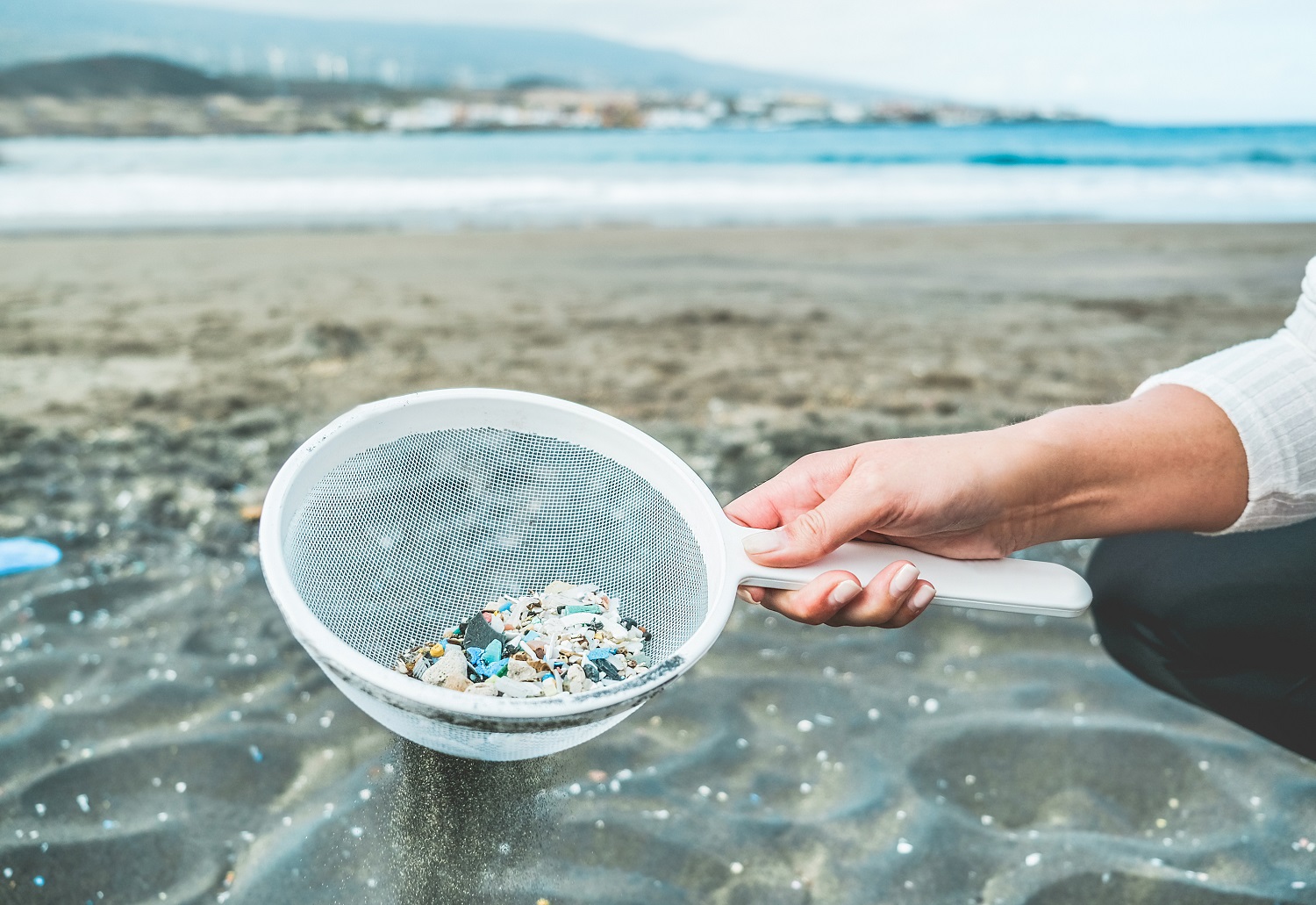
The State Water Board in early September approved a new method for testing for microplastics making California perhaps one of the first places in the world that will test for microplastics. The Board will also require 30 water agencies to start testing for microplastics in the fall of 2023.
“There’s no other place in the world — literally in the world — that has standardized methods for how you do this or has a monitoring program to look at drinking water,” Steve Weisberg, executive director of the Southern California Coastal Water Research Project told CalMatters. “California is really getting out there and being first.”
The State also approved the first-ever Microplastics Handbook and Standard Method for Testing and Reporting on Microplastics in Drinking Water.
This is an announcement is from the State Water Board’s office of Environmental Laboratory Accreditation Program….
In response to a request from the Division of Drinking Water, the Environmental Laboratory Accreditation Program (ELAP) updated its field of accreditation (FOA) offerings for drinking water analysis, adding the below offerings to FOA Table 102. ELAP is the first accreditation program in the world to offer accreditation for microplastics analysis.
|
Table 102: Inorganic Constituents in Drinking Water |
||||
|
Subgroup Code |
Analyte Code |
Parameter |
Analytical Method |
|
|
102.290 |
001 |
Microplastics > 500 µm |
|
|
|
102.290 |
002 |
Microplastics 500-212 µm |
|
|
|
102.290 |
003 |
Microplastics 212-20 µm |
|
|
|
102.295 |
001 |
Microplastics > 500 µm |
|
|
|
102.295 |
002 |
Microplastics 500-212 µm |
|
|
|
102.295 |
003 |
Microplastics 212-50 µm |
|
|
Information about the novel testing procedures is available on the Microplastics in Drinking Water website. To view the changes to the FOA Tables, visit ELAP‘s Application or ELAP Forms webpage. Laboratories are encouraged to stay informed by regularly visiting the ELAP webpage for the latest announcements and to ensure that the current version of the FOA Tables are used when submitting an application.